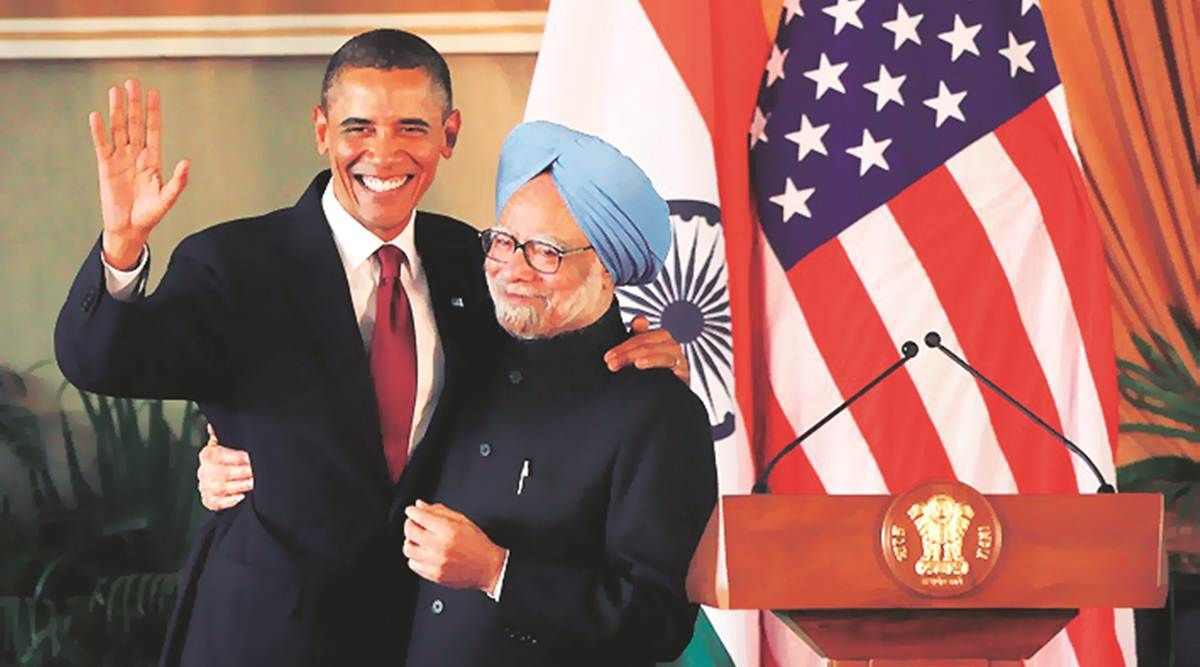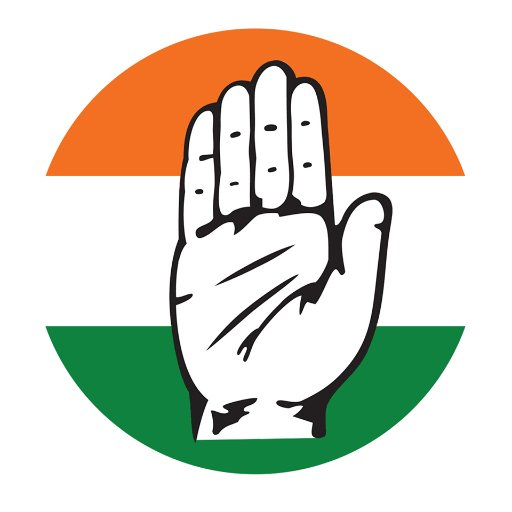Dr. Manmohan Singh’s Defence and Foreign policies were outstanding

- Capt. Praveen Davar
The phrase ‘gentle colossus’ was used by Communist leader Hiren Mukherjee in Parliament while paying tribute to Pandit Jawaharlal Nehru, India’s first, and most popular ever, Prime Minister in 1964. Six decades later, the epithet fully fits the persona of the country’s 13th Prime Minister who was at the helm of affairs for seven years less than Nehru. After his sad demise on December 26, 2024, much has been written, and will continue to be written on Dr. Manmohan Singh’s monumental contribution in transforming the nation’s economy both as Finance Minister and later as Prime Minister from 2004-2014. But barring a few exceptions, not much has been said on how brilliantly he handled the country’s Defence and Foreign Affairs, reminiscent of the Rajiv Gandhi era for generations born after independence.
The India-US nuclear deal signed in 2008 was the culmination of a laborious process that started with a meeting of Dr. Manmohan Singh with then US President George Bush in New York in 2004. The deal, which went through many difficult obstacles like the waiver on nuclear issues by International Atomic Energy Agency (IAEA) and the 123 Agreement, would not have been possible without the dogged determination of the Prime Minister. As MK Narayanan, his National Security Advisor (NSA) has recently written in an obituary piece: ‘His gentle mien concealed a steely resolve to achieve what he believed was in the best interest of the nation.... I can say, without fear of contradiction, that there would not have been no nuclear deal, without Manmohan Singh. The role of US President George Bush was no less in this regard. ‘The former NSA also recalled how in his first meeting with Dr. Manmohan Singh, Barack Obama, the successor of George Bush, paid obeisance to India’s PM by his remark ‘Manmohan Singh, you are my Guru.’
However, despite improving India-US relations as never before in the last two decades, Dr. Manmohan Singh, like Rajiv Gandhi in mid eighties, ensured that India-Russia ties were not adversely affected and Russia (like the erstwhile Soviet Union) remained India’s biggest supplier of arms and military hardware. But it was due to his warm and cordial relations that he developed with Japan’s premiere Shinzo Abe that Dr. Manmohan Singh initiated a new era in India-Japan relations. However, it was his neighborhood policy, especially with Pakistan, that was perhaps the crowning achievement of his successful foreign policy. Unlike the present incumbent, Dr. Manmohan Singh built upon the strengths of his predecessors without at any time flaying their perceived shortcomings. In a recent cover story the editor of The Week wrote: ‘Never finding fault with Nehruvian non-alignment, Indira’s Soviet leaning, Rajiv’s muscular militarism, Rao’s look-east ... he counted all these as blessings and would built upon the strengths of all.’
The line dividing the foreign policy of the nation from its defence policy becomes thin when it comes to dealing with Pakistan and China. While the diplomatic situation arising out of the Mumbai attack on 26/11 was handled with great caution and maturity, the commandoes of the Indian Army carried out a number of surgical strikes across the LoC, a fact that was never publicized to maintain secrecy of the operations. The decision not to bomb interior places in Pakistan was taken by the Prime Minister after he had taken the chief of all the three services into confidence. It was an extremely courageous decision keeping in mind the tremendous pressure from many political parties and the media.
In 2008 when the China started upgrading their highways and building new roads connecting Tibetan towns with its military stations and depots, Dr. Manmohan Singh took no time to approve the proposal of Defence Minister AK Antony to order Border Roads Organization (BRO) to build and upgrade roads linking corps and divisional headquarters in Arunachal Pradesh and other parts of the Northeast. From 2009 to 2012, over 8500 km of roads were built anew and/or double laned to facilitate movement of tanks, artillery and heavy-duty transporters. Responding quickly to the built up of Chinese air capability, Dr. Manmohan Singh also agreed with his self-effacing Defence Minister to move the deep strike Su-30 aircraft to Tezpur in June 2009 and Su-30 MK I aircraft to Chhabua in March 2001. After a gap of 29 years, the Army raised two mountain infantry divisions under the Dimapur based 3 Corps and 4 Corps in Tezpur. The UPA-2 govt. also gave a nod in 2013 for raising the Army’s first mountain strike Corps to provide a decisive a lightning reaction offensive capability at a cost of Rs. 65,000 cr. Unfortunately, in 2014 the moment the Modi government took over it shelved the plan, and as can be seen from the situation arising out of Chinese incursions at the Line of Actual Control (LAC), the country has had to pay a very heavy price.
However, more than the Army and the Air Force, it was the Navy perhaps that received the maximum focus of modernization towards its goal of acquiring a blue water capability. The Indian Navy inducted its second aircraft carrier, the 44,500 tonne INS Vikramaditya which was commissioned by Defence Minister AK Antony at a Russian shipyard on 16 November 2013. This was preceded by the launching of India’s first indigenous aircraft carrier INS Vikrant in September 2013 (commissioned ten years later) at Cochin Shipyard placing India amongst the group of select countries which can design and build their own aircraft carriers. The Indian Naval Aviation also received a major fillip with the arrival of the first Boeing P-81 long range maritime reconnaissance and anti-submarine warfare aircraft. A total of 28 warships were inducted/acquired during the 10-year tenure of Dr. Manmohan Singh, and other 45 ships were in the pipeline in various shipyards when he demitted office in May 2014.
In an unprecedented development, it was the Manmohan Singh government that provided Permanent Commission to women officers of Short Service Commission which entitled them to avail pension and other post-retirement benefits available to regular soldiers of the three services. The first beneficiaries of this scheme were the women officers of the Air Force whose case was given approval by Defence Minister AK Antony in June 2010. Today, women are joining the National Defence Academy because at the end of their training followed by some more in the service of their choice - Army/Navy/Air Force - they are assured of permanent commission and full pensionary benefits and other post-retirement privileges like free medical and canteen facilities. But all this has become possible because the first steps were taken under the premiership of Dr. Manmohan Singh who reversed the policy of Vajpayee government that had ruled against granting permanent commission to women officers.
No government, before or later, has done more for the welfare of Ex-Servicemen than the Manmohan Singh government. Initially accepting One Rank One Pension (OROP) scheme for personnel below officer rank (PBOR) in 2004 (officers were added later), the government announced full OROP to be effective from April 1, 2004. But on change of the government a month later, Prime Minister Narendra Modi dragged his feet for one year before announcing half heartedly a half baked OROP which is nowhere near the principle of OROP accepted by the Parliament. Lest it be forgotten, the UPA-1 and UPA-2 governments sanctioned Rs. 4,500 crores in 2010 and 2012 to narrow the gap between old and new pensioners which was a giant stride towards OROP finally sanctioned in 2015 but not fully. I must end this with a personal note. In 2012, the three living recipients of PVC (Param Vir Chakra) came to see me at AICC headquarters as I was looking after Ex. Servicemen affairs. They represented for enhancement of their monthly gallantry allowance. When the matter was sent to the Prime Minister by Congress President Sonia Gandhi, he took only a couple of days to increase their allowance to more than double of what they were drawing then. Capt Bana Singh, the senior most PVC amongst them rang me up and said (in chaste Punjabi): ‘Sir, this is unbelievable. We have never ever experienced this kind of lightning action in our civil life.’ That was Dr. Manmohan Singh - ‘The Gentle Colossus’.
(The author is Editor, The Secular Saviour and a former Secretary AICC)







